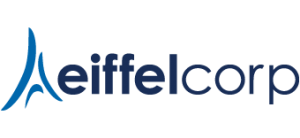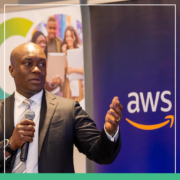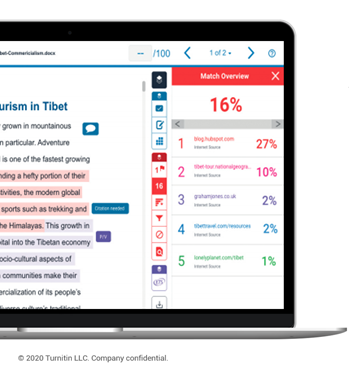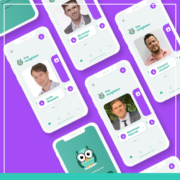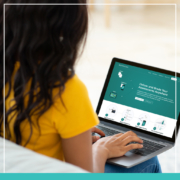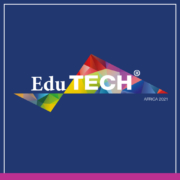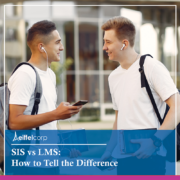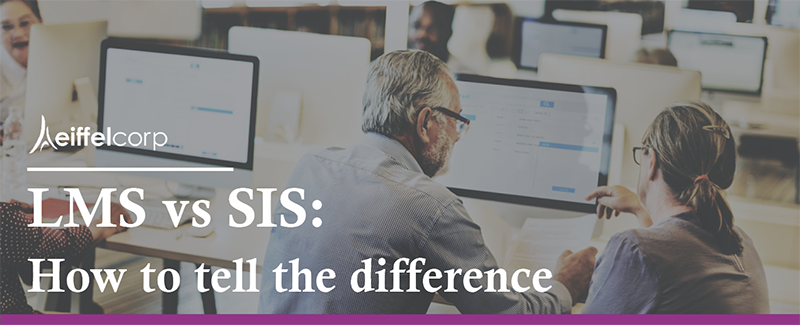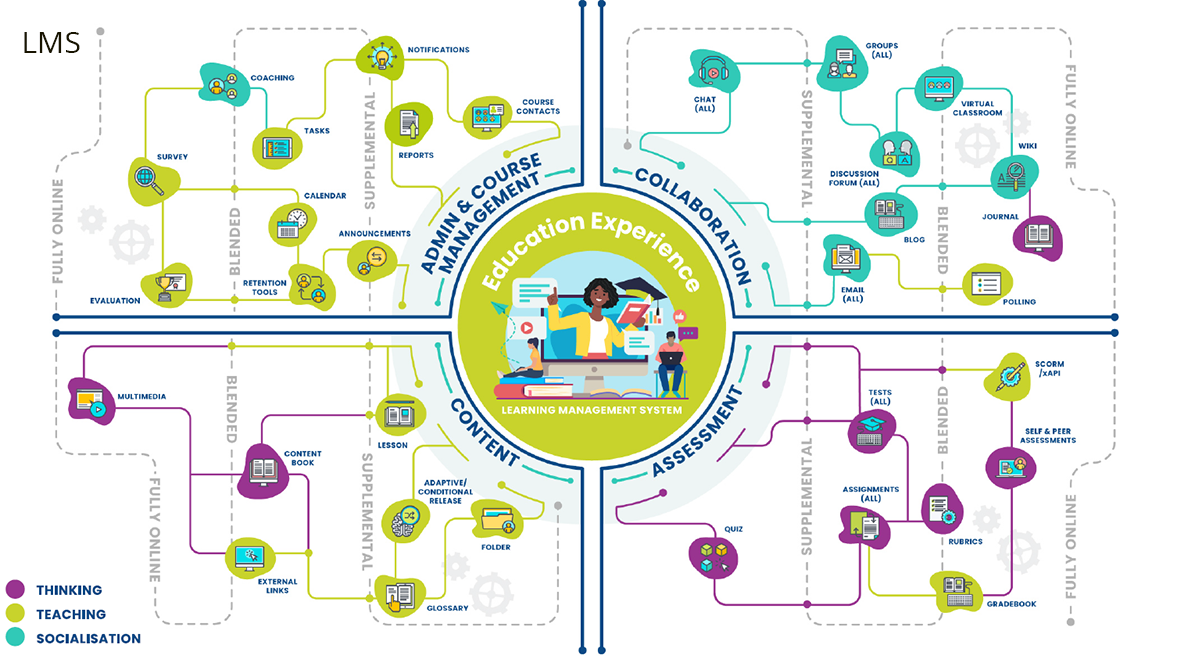
Gradescope Success Story: Christine Kraamwinkel (UP)
“The brilliant thing is that it actually sounds easy to use. It’s easier to use than it sounds”
Who is Christine Kraamwinkel?
Christine Kraamwinkel is a lecturer in the Department of Statistics at the University of Pretoria. Christine teaches first year statistics in an undergraduate course. More specifically, she instructs students from the BCom faculty. Her group consists mostly of commerce students, although they do have a few students from other faculties like EBIT, as well as some computer science students.
“Our department is responsible for teaching undergraduate students and post-graduate students and contributing to research.”
Who are the Students?
“Students at the University of Pretoria are extremely diverse. “We pretty much have students from every background…we have students from across the country.”
A recent survey showed that there was a student from every single province at UP, and even outside of South Africa.
The diverse group of students includes individuals from very privileged backgrounds as well as students who struggle financially. “We have a little bit of everything in our students, every culture, every race, and every background. As you can imagine, the diversity makes it quite challenging in some ways to instruct students, but I find it very exciting to have such a diverse group of students to interact with.”
What were Assessments and Grading like Before Gradescope?
“Well, that’s a good question. Before Gradescope things were intense. I used to lecture on Mamelodi campus in the extended program. I used to have about 200 to 300 students in my module, and when they wrote a test everything was written or marked by hand. We only did a few online tests and activities on our LMS. In order to have a continuous assessment, it was done online on a weekly basis as we just didn’t have the manpower to mark everything. But the big tests and the exams would be marked by hand. Marking Exam papers would take about a week to ten days of constant marking – barely eating, barely sleeping – just to get through all the papers. It was really tough on me, I even ended up with spasms in my body. I even had to go for physio, because I was in so much pain, especially my neck and my back, from all the marking by hand.”
It wasn’t fun. But it was extremely important because you need to be able to give feedback to your students, and you need to adjust or shape your teaching around what you’re seeing on the papers. This process was stressful!
What processes and tools did you use before you had Gradescope?
During my time at Mamelodi campus, I did most of the mark work, along with two tutors. It was challenging.
As mentioned, online tests would help us to at least just give feedback in between the big tests to students, guiding them in where they were wrong. When I moved to Hatfield campus to work on the program I am currently instructing, the student numbers jumped to the 1000s. Suddenly my initial 300 students were a small group.
In the past, multiple-choice tests were used. A multiple-choice test does not offer the same level of insights as a written test, though. The system was adjusted to the use of clickers. Students had to buy a clicker at quite a high cost. Tests were set up in such a way so that students can type in their answers for each of the questions and then marked by the clicker system. The challenge was that it didn’t account for spelling errors or any other possible answers. This meant you would still have to scroll through Excel sheets filled with data to find alternative correct answers and check. While the clickers saved time, it was still a time-consuming process easily taking up to a week to finalise.
While the questions and answers allowed for more descriptive styles, one had to keep in mind that answers were limited to 67 characters, for example. Questions, therefore, had to be well thought through.
The university moved away from clickers onto mobile apps, where students could answer using a cell phone. While this allowed for a higher level of interaction and reflect their understanding of the content better, it also meant access to a cell phone during a test situation. Imagine a lecture venue with 500 students. There is no control over messages between students or external resources. While phones were more accessible (less costly) than clickers – but was still costly to own a smart device.
Why did you choose Gradescope?
We attended a conference shortly after the news that we were exchanging clickers for mobile apps. We were in two minds about the change due to the academic integrity challenges that would come with mobile phones and testing 1800 to 2000 students. One of the workshops I attended was hosted by Prof. Dave Noland, from the University of California, Berkeley. Prof. Noland shared how Gradescope had proven a useful and successful tool at their institution.
I immediately identified Gradescope as the solution for us. Our head of department agreed. I did some research on cost and practicality and was sold on Gradescope.
How was Gradescope received by your institution?
Our department was the first to use Gradescope as a trial. Shortly after, I was asked to present the solution to Prof. Pulut Lemur, deputy dean of teaching and learning for the NASA faculty. After showing her what Gradescope was capable of, what it would cost the institution. It is costly to adopt a new product, but to my surprise Prof. Lemur was happy, “this looks really good”, was her response, “it addresses a lot of the issues that we have. We need to take this further.” I was over the moon.
As we started planning and roll out and use of Gradescope on Campus, Covid-19 hit South Africa. We found ourselves, and students, working from home and had to think outside the box. Everyone had to think outside the box. One of the advantages of COVID was that all received permission, to use Gradescope free of charge in 2020. This actually made it so much easier! I was able to demonstrate what Gradescope could do – at seminars in our department, and our faculty. And everyone was able to test it. It started spreading throughout our department and shortly after it started filtering through to other departments.
Due to everyone being overworked and under a lot of pressure, I approached my seminars differently. I would send out the link to a Gradescope course prior to the seminar and ask them to register. They then had the chance to complete a simple assignment with four questions that they had to complete 2 minutes before we started. I would then demonstrate how easy it is to use Gradescope by marking their assignments.
Knowing that individuals (especially under pressure) are resistant to change, this approach was an easier way to help lecturers see that Gradescope is simple to use – both for students and lecturers – and how it can save time.
The student side of things – their experience and impact?
Moving to online assessments due to Covid-19 was a challenge. One of the biggest problems we experienced was students being dishonest. They don’t realise the impact it has on their understanding of the work and their future careers even.
The students have found Gradescope easy to use and generally had a positive response. They also saw the feedback as motivation to improve. And with subjects like coding, Gradescope is super helpful due to the checks for similarities of coding.
Due to the high number of students at our institution, we do have some challenges that we still have to overcome, where the technology does not necessarily cover everything yet. But where we can use it – it is amazing for both the students and lecturers.
What would you say to other institutions considering Gradescope?
It’s really a game changer. Marking exams using Gradescope was the least painful thing I’ve ever done. Where it would usually take weeks, I did all of my marking in less than two days. I had all my meals I slept each night, it was so easy. It also took away the stress of those small things that used to take up so much unnecessary time – like adding up the marks double checking that you’ve added it correctly.
Download full Case Study.

